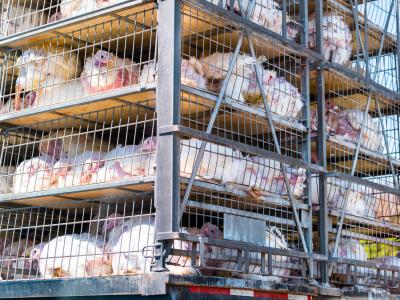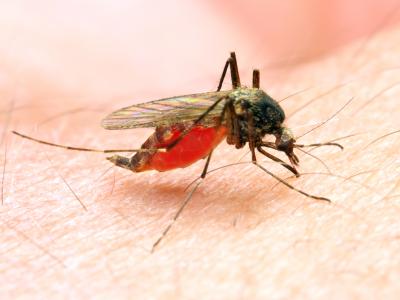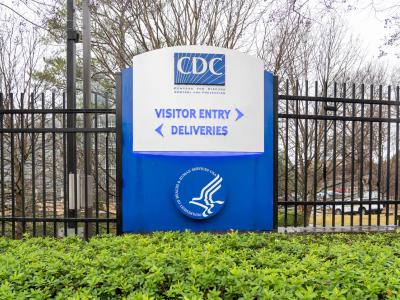
A study conducted among hospitalized children in Ohio shows that rates of macrolide-resistant Mycoplasma pneumoniae (MRMp) are low but have been rising in the wake of the COVID-19 pandemic, researchers reported last week in Emerging Infectious Diseases.
For the study, researchers with Nationwide Children's Hospital (NCH) in Columbus, Ohio, and The Ohio State University analyzed patient data and laboratory findings to determine the rate of MRMp infections in children in Ohio from September 2023 through September 2024. M pneumoniae is a major cause of community-acquired respiratory infection in children, but during the pandemic the hospital saw almost no M pneumoniae activity in pediatric patients. That was followed by an uptick in cases in September 2023 and a sharp increase last summer.
"Unlike other areas where M. pneumoniae has reemerged with case numbers similar to or slightly higher than prepandemic times, the ongoing M. pneumoniae surge in our patient population is the largest we have seen in the past 10 years, >2,000 cases in 4 months (June 2024–September 2024), compared with 1,350 total cases during January 2012–January 2019," the study authors wrote.
'Vigilant surveillance' needed
During the study period, tests performed by the NCH microbiology lab on 2,469 patients identified 2,616 (14.5%) of 18,035 M pneumoniae–positive samples. Positivity rates remained stable from September 2023 through May 2024, then rose sharply in June 2024. The positivity rate among children aged 6 to 10 years was 26.6%, compared with 2.1% in children aged 2 years and younger. Among the patients, 304 (12.3%) were hospitalized and 53 (2.1%) required intensive care unit admission.
Sequencing of 995 M pneumoniae–positive samples detected mutations associated with MRMp in 24 samples (2.4%). The percentage of resistance detected was different every month, with the highest rate (4.4%) detected in September 2024.
"Although MRMp remains low, MRMp is trending upward, underscoring the need for vigilant surveillance to provide accurate information for management of children with M. pneumoniae infection and maintain awareness of antimicrobial resistance," the authors wrote. They add that more work is needed to understand MRMp in different populations and geographic locations and its effects on patient care.

















